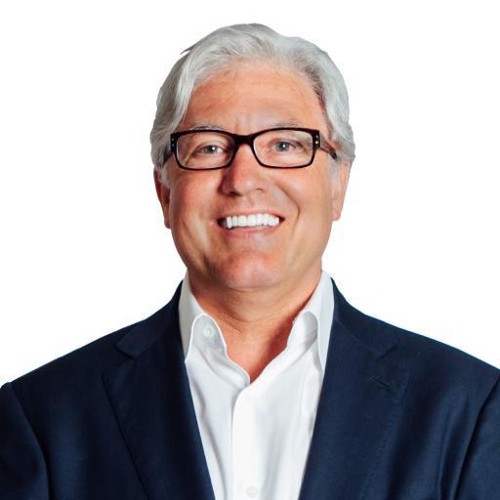Dying of cirrhosis of the liver has always seemed to me to be associated with older, late-stage alcoholics. After all, it takes years for the damage done by excessive alcohol use to create the scar tissue that invades and takes over healthy tissue and damages the liver.[i] Cirrhosis, I thought, should take years. That’s why I was surprised to see articles recently stating, “Alcohol Related Cirrhosis Deaths Rising in Young Adults”[ii] and “Millennials are dying of alcohol-related liver disease at increasing rates.”[iii] The latter article, by Kate Furby at The Washington Post, starts out with, “Deaths from liver disease have increased sharply in recent years in the United States, according to a study published in the British Medical Journal. Cirrhosis-related deaths increased by 65 percent from 1999 to 2016, and deaths from liver cancer doubled, the study said. The rise in death rates was driven predominantly by alcohol-induced disease, the report said.” According to WorldHealth.net, “The disturbing shift in demographics experienced the highest average annual increase of cirrhosis in the age group of 25-34 was about 10.5% each year,” and “researchers suggest that the data collected to form findings confirms that across the nation more and more young people are drinking themselves to death.”[iv]
Jessica Mellinger, identified in the Post piece as a clinical lecturer at the University of Michigan, was quoted as saying, “Scar tissue is silent, developing silently, and they [the patients] don’t know. It comes as a big surprise” because the symptoms of cirrhosis come “all of a sudden.” A 65 percent jump in just 17 years came, at least for me, as “a big surprise.”
What is going on? Why are so many in the 25-34 range developing, what I’ve always considered, an older person’s disease? If it takes around 10 years of heavy drinking for cirrhosis of the liver to develop, as I’ve seen reported[v], that would mean a pattern of significant alcohol use perhaps beginning in high school through the college years. Underage drinking in high school and college isn’t new. Young adults celebrating their 21st birthdays with alcohol isn’t new either. So, what’s changed?
Oddly enough, college attendance is a predictor of drinking in general, in binge drinking, and in heavy drinking. According to the 2015 National Survey on Drug Use and Health, done by the National Institute on Alcohol Abuse and Alcoholism, prevalence of drinking among college vs. non-college of the same age was 58.0 percent versus 48.2 percent; for binge-drinking (defined as drinking 5 or more drinks on the same occasion for men and 4 drinks for women), the comparison was 37.9 percent versus 32.6 percent, and for heavy alcohol use (defined as 5 or more episodes of binge-drinking per month) was 12.5 percent versus 8.5 percent.[vi] With a son in college and another heading there soon, those statistics are disturbing.
I thought things were getting better. According to research on millennials, reported about a year ago, “A staggering 90 percent of those interviewed voiced disapproval of the habit [their parents’ drinking] and disdain for the messy practice of drinking to get drunk.”[vii] A recent study reported “Millennials like drinking at home because it’s ‘too much effort’ to leave the house.” Reasons stated were monetary – it costs less to drink your own alcohol at home than going out to a bar or restaurant – and “38 percent claimed it helped them to control their alcohol intake.”[viii]
I don’t have an answer to this upswing in millennial cirrhosis. That’s a question for researchers to dig into and, I hope, with this shocking trend, they will. For millennials, perhaps, in the interim, I suggest they stop and take a serious look at their alcohol consumption – what they’re drinking, how much, when, and, perhaps most importantly, why. I’d hoped, with education and information, the trend for these alcohol-related issues would’ve been headed in the opposite direction.
Authored by Dr. Gregory Jantz, founder of The Center • A Place of HOPE and author of 38 books. Pioneering whole-person care nearly 30 years ago, Dr. Jantz has dedicated his life’s work to creating possibilities for others, and helping people change their lives for good. The Center • A Place of HOPE, located on the Puget Sound in Edmonds, Washington, creates individualized programs to treat behavioral and mental health issues, including eating disorders, addiction, depression, anxiety and others.
[i] https://www.webmd.com/digestive-disorders/cirrhosis-liver#1
[ii] https://www.worldhealth.net/news/alcohol-related-cirrhosis-deaths-rising-young-adults/
[iii] http://www.chicagotribune.com/lifestyles/health/ct-millennials-liver-disease-20180719-story.html#
[iv] https://www.worldhealth.net/news/alcohol-related-cirrhosis-deaths-rising-young-adults/
[v] https://www.medicalnewstoday.com/articles/172295.php
[vi] https://www.niaaa.nih.gov/alcohol-health/overview-alcohol-consumption/alcohol-facts-and-statistics
[vii] https://www.thedailymeal.com/healthy-eating/millennials-don-t-get-drunk-anymore-because-it-s-uncool/092617
[viii] http://www.foxnews.com/food-drink/2018/06/14/millennials-like-drinking-at-home-because-its-too-much-effort-to-leave-house-study-finds.html


